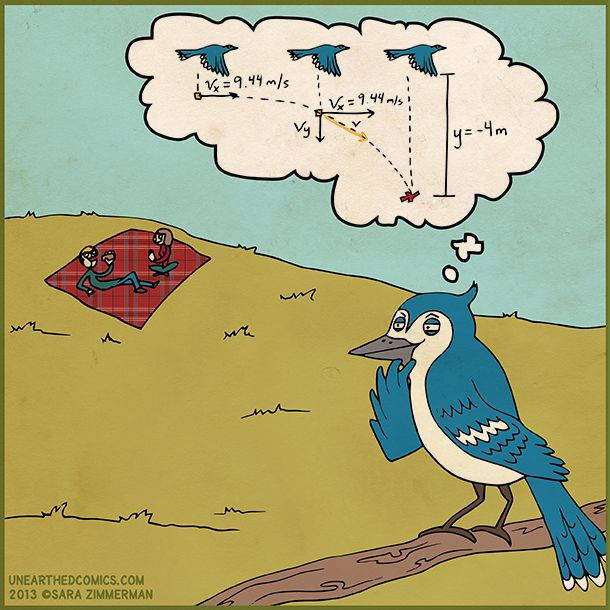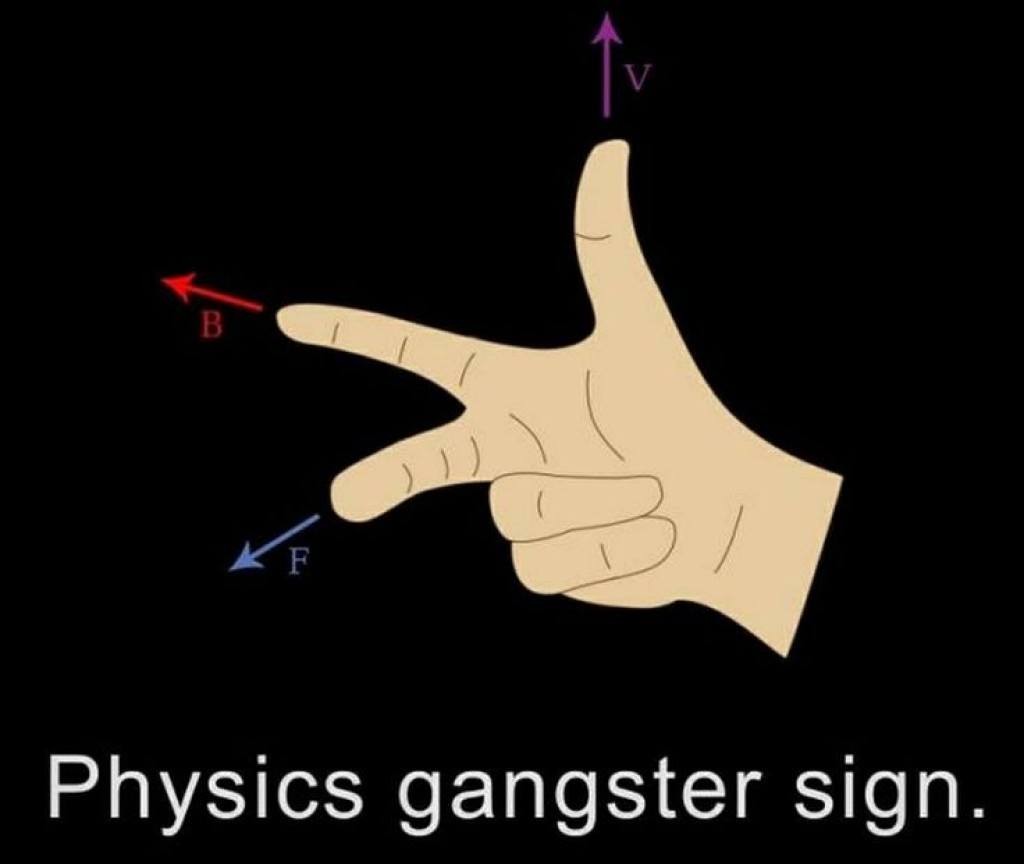
Module 5: Advanced Mechanics

Motion in one dimension at constant velocity or constant acceleration can be explained and analysed relatively simply. However, motion is frequently more complicated because objects move in two or three dimensions, causing the net force to vary in size or direction.
Students develop an understanding that all forms of complex motion can be understood by analysing the forces acting on a system, including the energy transformations taking place within and around the system. By applying new mathematical techniques, students model and predict the motion of objects within systems. They examine two-dimensional motion, including projectile motion and uniform circular motion, along with the orbital motion of planets and satellites, which are modeled as an approximation to uniform circular motion.
Working Scientifically: In this module, students focus on gathering, analysing and evaluating data to solve problems and communicate ideas about advanced mechanics. Students should be provided with opportunities to engage with all the Working Scientifically skills throughout the course.

Module 6: Electromagnetism

Unit Description: Discoveries about the interactions that take place between charged particles and electric and magnetic fields not only produced significant advances in physics, but also led to significant technological developments. These developments include the generation and distribution of electricity, and the invention of numerous devices that convert electrical energy into other forms of energy.
Understanding the similarities and differences in the interactions of single charges in electric and magnetic fields provides students with a conceptual foundation for this module. Phenomena that include the force produced on a current-carrying wire in a magnetic field, the force between current-carrying wires, Faraday’s Law of Electromagnetic Induction, the principles of transformers and the workings of motors and generators can all be understood as instances of forces acting on moving charged particles in magnetic fields.
The law of conservation of energy underpins all of these interactions. The conversion of energy into forms other than the intended form is a problem that constantly drives engineers to improve designs of electromagnetic devices.
Working Scientifically: In this module, students focus on: developing and evaluating questions and hypotheses when designing and conducting investigations; and obtaining data and information to solve problems about electromagnetism. Students should be provided with opportunities to engage with all the Working Scientifically skills throughout the course.

Module 7: The Nature of Light

Prior to the 20th century, physicists, including Newton and Maxwell, developed theories and models about mechanics, electricity and magnetism and the nature of matter. These theories and models had great explanatory power and produced useful predictions. However, the 20th century saw major developments in physics as existing theories and models were challenged by new observations that could not be explained. These observations led to the development of quantum theory and the theory of relativity. Technologies arising from these theories have shaped the modern world. For example, the independence of the speed of light on the frame of observation or the motion of the source and observer had significant consequences for the measurement, and concepts about the nature, of time and space.
Throughout this module, students explore the evidence supporting these physical theories, along with the power of scientific theories to make useful predictions.

Module 8: From the Universe to the Atom
 Humans have always been fascinated with the finite or infinite state of the Universe and whether there ever was a beginning to time. Where does all the matter that makes up the Universe come from? Ideas and theories about the beginnings of the Universe, based on sound scientific evidence, have come and gone. Current theories such as, the Big Bang theory and claims of an expanding Universe are based on scientific evidence available today through investigations that use modern technologies. Evidence gathered on the nucleosynthesis reactions in stars allows scientists to understand how elements are made in the nuclear furnace of stars. On scales as large as the Universe to those as small as an atom, humans look to the sky for answers through astronomical observations of stars and galaxies.
Humans have always been fascinated with the finite or infinite state of the Universe and whether there ever was a beginning to time. Where does all the matter that makes up the Universe come from? Ideas and theories about the beginnings of the Universe, based on sound scientific evidence, have come and gone. Current theories such as, the Big Bang theory and claims of an expanding Universe are based on scientific evidence available today through investigations that use modern technologies. Evidence gathered on the nucleosynthesis reactions in stars allows scientists to understand how elements are made in the nuclear furnace of stars. On scales as large as the Universe to those as small as an atom, humans look to the sky for answers through astronomical observations of stars and galaxies.
Beginning in the late 19th and early 20th centuries, experimental discoveries revolutionised the accepted understanding of the nature of matter on an atomic scale. Observations of the properties of matter and light inspired the development of better models of matter, which in turn have been modified or abandoned in the light of further experimental investigations.
By studying the development of the atomic models through the work of Thomson and Rutherford, who established the nuclear model of the atom – a positive nucleus surrounded by electrons – students come to a better understanding of the limitations of theories and models. The work of Bohr, de Broglie and, later, Schrödinger demonstrated that the quantum mechanical nature of matter was a better way to understand the structure of the atom. Experimental investigations of the nucleus have led to an understanding of radioactive decay, the ability to extract energy from nuclear fission and fusion, and a deeper understanding of the atomic model.
Particle accelerators have revealed that protons themselves are not fundamental, and have continued to provide evidence in support of the Standard Model of matter. In studying this module, students appreciate that the fundamental particle model is forever being updated and that our understanding of the nature of matter remains incomplete.
Working Scientifically: In this module, students focus on analysing and evaluating data to solve problems and communicate scientific understanding about the development of the atomic model and the origins of the Universe. Students should be provided with opportunities to engage with all the Working Scientifically skills throughout the course.
